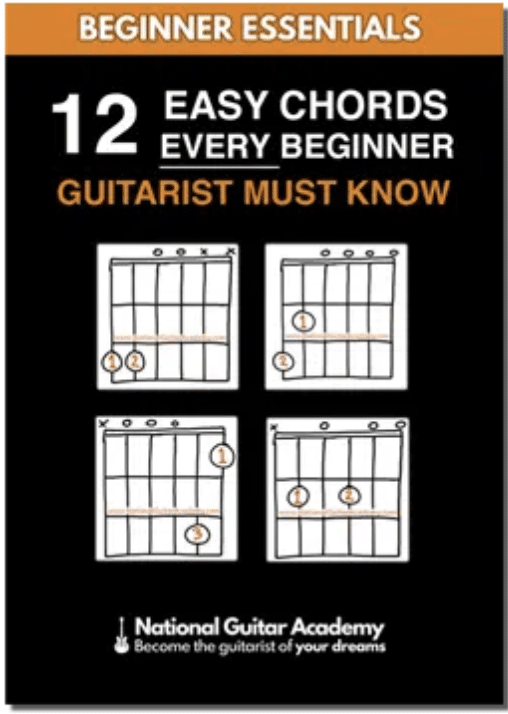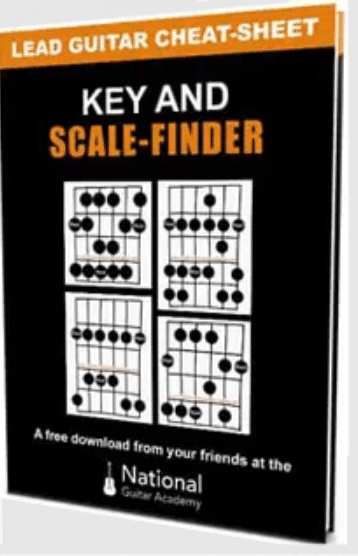These simple chord progressions will let you hone your fingerpicking technique quickly and accurately.
Let’s take everything we’ve been working on so far and put it into action with some specific chord progressions. While you can use these fingerpicking techniques with any chords or songs you know, sometimes it’s helpful to have a clear starting point. So, we’ve put together a couple of progressions for you to practice with.
The Fingerpicking Basics
Before we jump in, let’s quickly go over the core technique:
- Thumb: Always plays the root note of the chord (typically on the 6th, 5th, or 4th string).
- First Finger: Plucks the string directly below the one your thumb is playing.
Once you’re comfortable alternating between your thumb and first finger, you can start experimenting by letting your first finger “wander” to other strings. This adds more variety and makes your playing sound more dynamic, even with just two fingers.
Progression 1: Key of C
This first progression is simple but versatile:
C → A minor → F → G
Here’s how it breaks down:
- C Chord: Thumb plays the 5th string, first finger plays the 4th string.
- A Minor Chord: Thumb on the 5th string, first finger on the 4th string.
- F Chord: Thumb on the 6th string (if you’re playing a barre chord) or the 4th string (if you’re playing the simpler version), first finger on the string below.
- G Chord: Thumb on the 6th string, first finger on the 5th string.
Play the progression slowly at first, alternating thumb and first finger for each chord. It should look and sound something like this:
- C → thumb, finger, thumb, finger
- A minor → thumb, finger, thumb, finger
- F → thumb, finger, thumb, finger
- G → thumb, finger, thumb, finger
Once you’re comfortable, try letting your first finger roam to different strings to create more variety.
Progression 2: Alternating Pattern
To add a little complexity, you can use this same progression but with a slight variation. Instead of keeping your first finger on the string just below your thumb, let it explore further down the fretboard. For example:
- Start with C → Thumb on 5th string, first finger plucks the 4th string, then moves to the 3rd string.
- A Minor → Same idea: thumb on 5th string, first finger starts on the 4th string, then wanders to the 3rd.
- F and G → Follow the same pattern, with your first finger moving around to different strings as you play.
This creates a lovely, flowing sound and gives your playing more depth.
Keep It Simple at First
When starting out, stick to just your thumb and first finger to keep things manageable. Once you’ve got the hang of it, you can begin adding your other fingers into the mix. But for now, the goal is to get comfortable alternating between the thumb and first finger while maintaining a steady rhythm.
A Fun Practice Idea
Take a song or chord progression you already know and strip it back to just the root notes. For example, if you’ve been playing something like “Stand By Me,” focus on just picking out the bass notes with your thumb while alternating with your first finger. This works great with progressions like:
C → A minor → F → G
It’s a fantastic way to get comfortable with these techniques while practicing something familiar.
Wrapping Up
Remember, these progressions are just a starting point. The beauty of fingerpicking is that you can apply it to almost anything you play! Start slow, keep your movements relaxed, and have fun exploring the textures and sounds you can create. With a little practice, you’ll be adding depth and variety to your playing in no time.
Happy fingerpicking! 🎸



